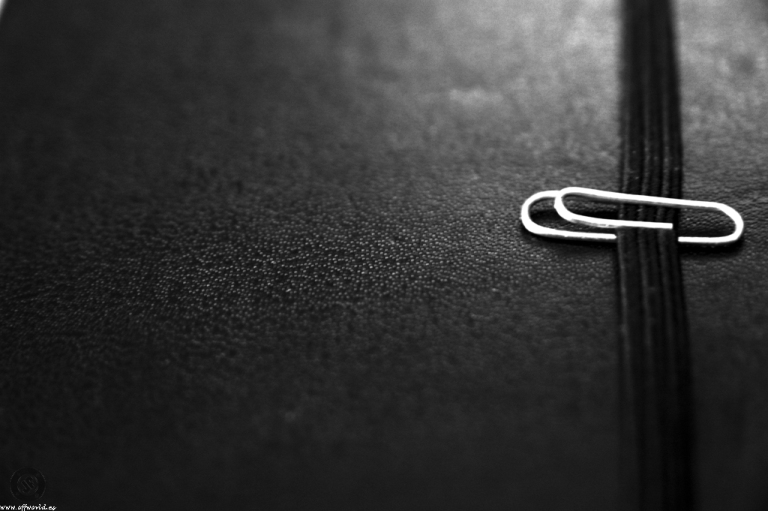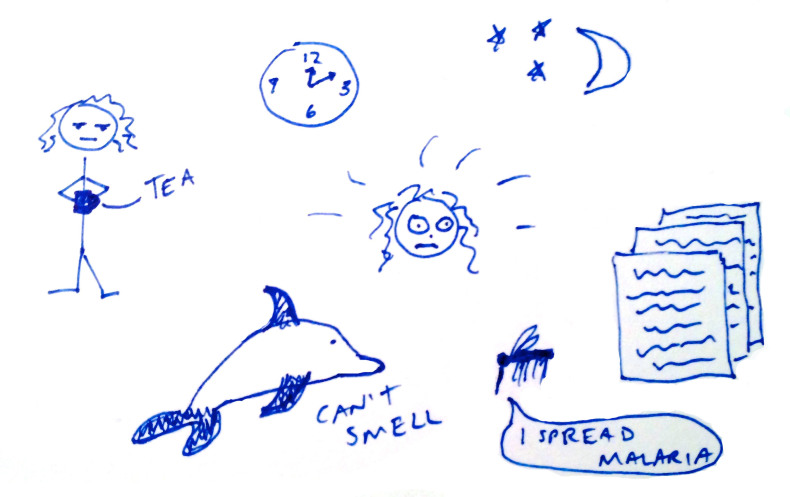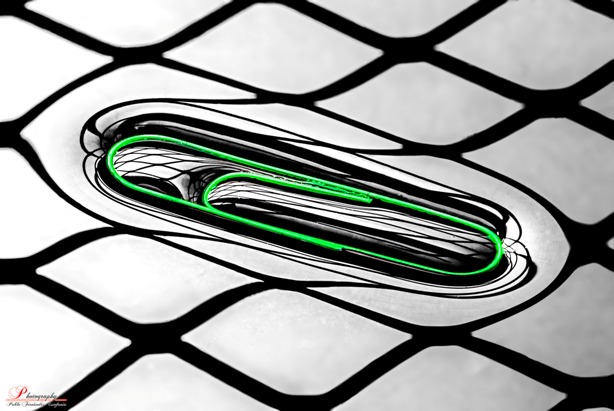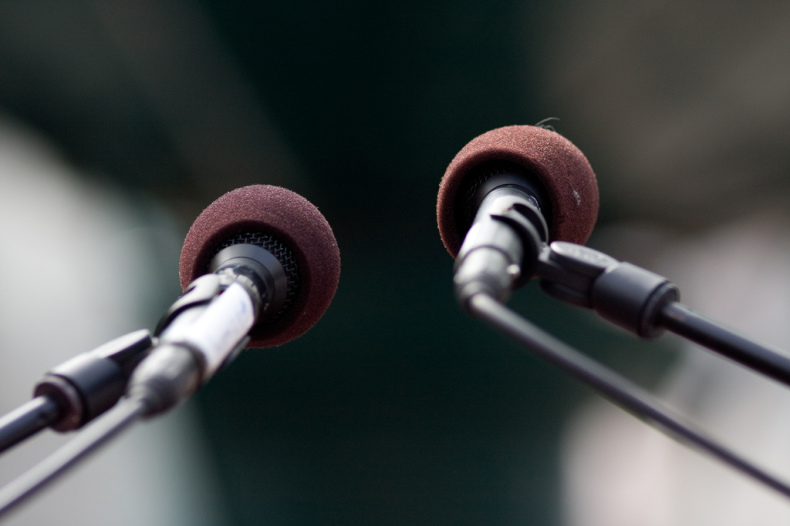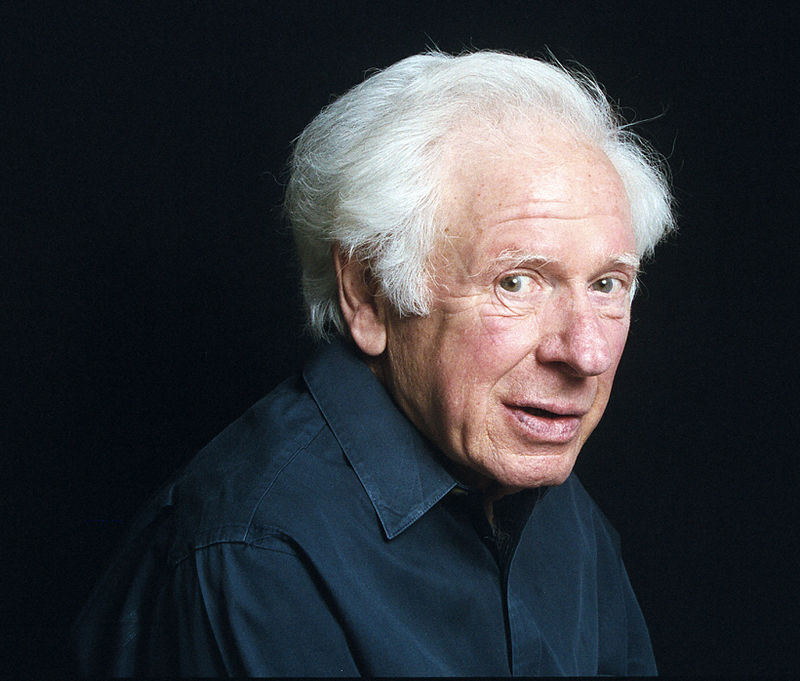The People of LWON love to read. If we could orchestrate your holiday book binge, this is what it would look like: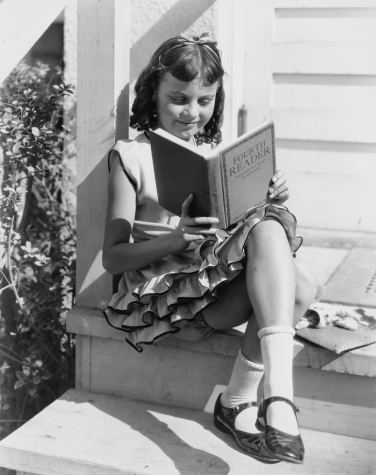
JESSA
The Windup Girl, by Paolo Bacigalupi: This is hardly a buried treasure — it won the Hugo award — but it’s quite simply the best science fiction I’ve read in my adult life. Set in future Thailand, its characters brave the other side of whatever planetary crisis we’re about to put ourselves through. This novel is, emphatically, for adults (sexual violence is treated appropriately but figures prominently).
ERIK
Super Sad True Love Story, by Gary Shteyngart: A wonderful look at New York in an imagined near future where the country has taken its obsession with social media and youth to a logical (if extreme) conclusion. It’s about a sort of pathetic schlub trying to negotiate the collapse of the United States into a brave new corporate world. Easy to read, hard not to think about for months afterward. It will also inject a new adjective in your life – “Oh my God, I love your friend, he is soooo media.”
CHRISTIE
The Empathy Exams by Leslie Jamison: “Empathy isn’t just something that happens to us — a meteor shower of synapses firing across the brain — it’s also a choice we make: to pay attention, to extend ourselves. It’s made of exertion…,” Jamison writes in the opening chapter of this mesmerizing book of essays. She tackles difficult issues ranging from abortion to assault on a deeply personal level. The essay about Morgellons should be required reading for every health journalist.

